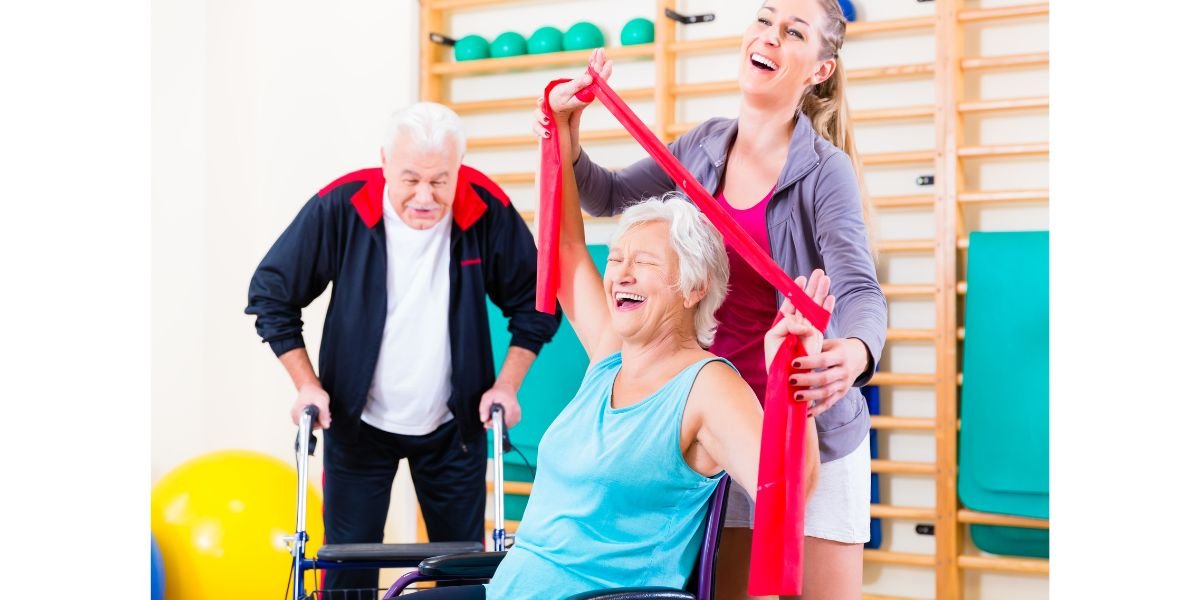Active Rehabilitation | What It Is and How Can It Benefit You
Active rehabilitation is a type of therapy where the client takes a more active role in their own healing process. It is often used as a complement to traditional forms of therapy, such as physiotherapy, occupational therapy, and speech therapy. Active rehabilitation can help speed up the healing process, improve function, and reduce pain.
How Does Active Rehab Work?
Active rehabilitation is based on the principles of neuroplasticity, which is the brain’s ability to reorganize itself and create new neural pathways. This process is thought to underlie the brain’s ability to recover from injury. Active rehabilitation works by stimulating the brain through a series of exercises that are designed to promote neuroplasticity. These exercises help the brain to rewire itself and create new neural connections.
What Are the Benefits of Active Rehabilitation?
Active rehabilitation has been shown to be an effective treatment for a variety of conditions, including stroke, cerebral palsy, multiple sclerosis, and Parkinson’s disease. It can also be used to help people recover from injuries, such as spinal cord injuries and brain injuries.
Active rehabilitation can help to improve function and reduce pain. It can also help to improve the quality of life for people with chronic health conditions. In some cases, active rehabilitation can even help to reverse the effects of a condition. For example, CIMT has been shown to improve the symptoms of Parkinson’s disease.
Active rehabilitation is generally safe and well-tolerated. There are a few risks associated with active rehabilitation, such as dizziness, fatigue, and muscle soreness. These side effects are usually temporary and resolve quickly.
Why is Active Rehab So Effective?
There are a few reasons why active rehabilitation is thought to be so effective. First, active rehabilitation exercises are often tailored specifically to the individual. This personalized approach helps to ensure that the exercises are optimally stimulating for the brain.
Second, active rehabilitation generally involves a high level of intensity. This intense stimulation is thought to be more effective at promoting neuroplasticity.
Third, active rehabilitation is usually combined with other forms of therapy. This multimodal approach has been shown to be more effective than any single treatment alone.
fourth, active rehabilitation is a relatively new and still emerging field. This means that there is a lot of excitement and interest in its potential benefits.
fifth, many forms of active rehabilitation are easily accessible and can be done in the comfort of your own home. This makes it a convenient and affordable option for many people.
What Are the Risks of Active Rehabilitation?
Active rehabilitation is generally safe and well-tolerated. There are a few risks associated with active rehabilitation, such as dizziness, fatigue, and muscle soreness. These side effects are usually temporary and resolve quickly.
There is also a small risk of injury associated with active rehabilitation. However, this risk can be minimized by working with a trained therapist who can help you to progress at a safe and appropriate pace.
Overall, active rehabilitation is a safe and effective treatment option for many conditions.
Who Designs An Active Rehabilitation Program?
Physiotherapists, occupational therapists, and other rehabilitation professionals can help to design an active rehabilitation program. It is important to work with a therapist who is experienced in active rehabilitation in order to get the most benefit from the treatment.
What Are the Next Steps?
If you are interested in exploring active rehabilitation, the first step is to talk to your doctor or another healthcare professional. They can help you to understand whether active rehabilitation is right for you and, if so, refer you to a qualified therapist.
Once you are working with a therapist, they will assess your condition and design a personalized treatment plan. This plan may involve exercises that you do at home as well as sessions at their office or clinic.
At Bergin Motion our physiotherapists are experts in what is best for our clients. We believe that active rehabilitation is an important treatment option for many conditions. Our team can help you to understand whether active rehabilitation is right for you and, if so, refer you to a qualified therapist. Contact us today to learn more!
Additional Resources
The National Library of Medicine scholarly article on Active Rehabilitation for concussions.
The US National Library of Medicine study on the effects of Active Rehabilitation.
About the Author
Juliana Bergin PT is a certified physiotherapist and one of the owners of Bergin Motion. Bergin Motion is a family-run Barrie Physiotherapy Clinic located in Barrie’s Southend. Juliana specializes in orthopedic injuries. Juliana works with high-end athletes as well as weekend warriors. Juliana is part of a team at Bergin Motion in Barrie, Ontario that works with all kinds of conditions.
Bergin Motion
Is a family owned physiotherapy company built by the Bergin family. Our family has served as physiotherapists in the Barrie area for over 30 years, spanning two generations. We are passionate about this community and helping people achieve their highest potential. Book with us now!
